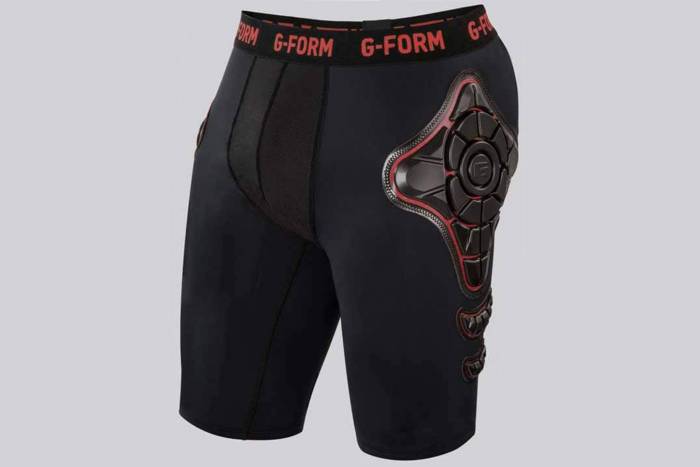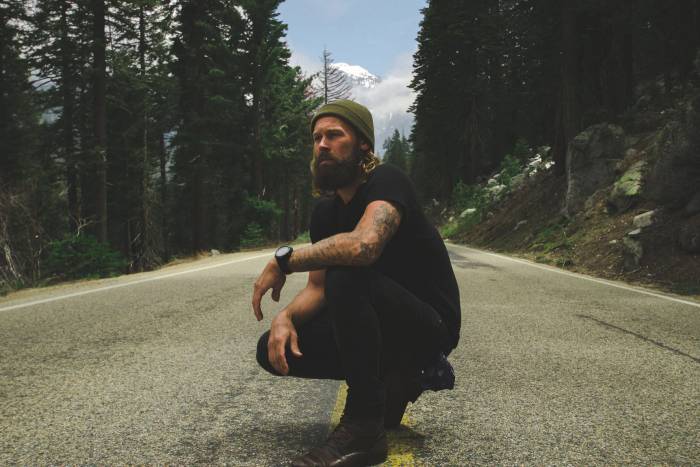From wine corks to Army ballistics, these six outdoor innovations have wacky histories.

The most distant outdoor aspirations can lead to core gear. These six tech-turned-adventure innovations demonstrate that performance stems from a plethora of places.
Adidas ‘Boost’ TPU Soles
Soft when heated, hard when cooled, thermoplastic polyurethane (TPU) was first developed in 1937. A “linear segmented block copolymer” in science-speak, TPU carries hard and soft segments adapted for use in auto body side moldings, cattle tags, fire hose liners, and wire coatings.
And for 20 years, Adidas worked with BASF to develop TPU into a specialized athletic application. When BASF blew up the hard, granular TPU into rice-shaped pellets, it gave Adidas the foundation for Boost foam.

Applied to shoe and boot midsoles, the material musters triple the temperature resistance of standard EVA material. The expanded foam TPU doesn’t break down under extreme temperatures generated by the movement of the TPU pebbles’ molecules (when the shoe is in motion during running, hiking, etc.).
The result is consistent performance and high energy return during four seasons of running, walking, and scrambling. Boost results in less power lost in translation between foot strike and surface.
G-Form Body Armor
Rate-dependent plasticity (RPT) tech, found in G-Form, entered the world through the U.S. Army Ballistic Research Center in 1984.
At the Aberdeen, Md., testing facility, William H. Drysdale tested the “structural integrity for bodies subjected to rapid or impulsive loading.”
Only a few years later, NASA began experimenting to bring softer, wearable protection for astronauts. And its uses don’t end with space travel, as mountain bikers and skiers also experience sudden, instantaneous, extreme forces.
Dyneema













